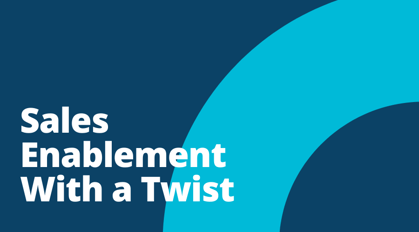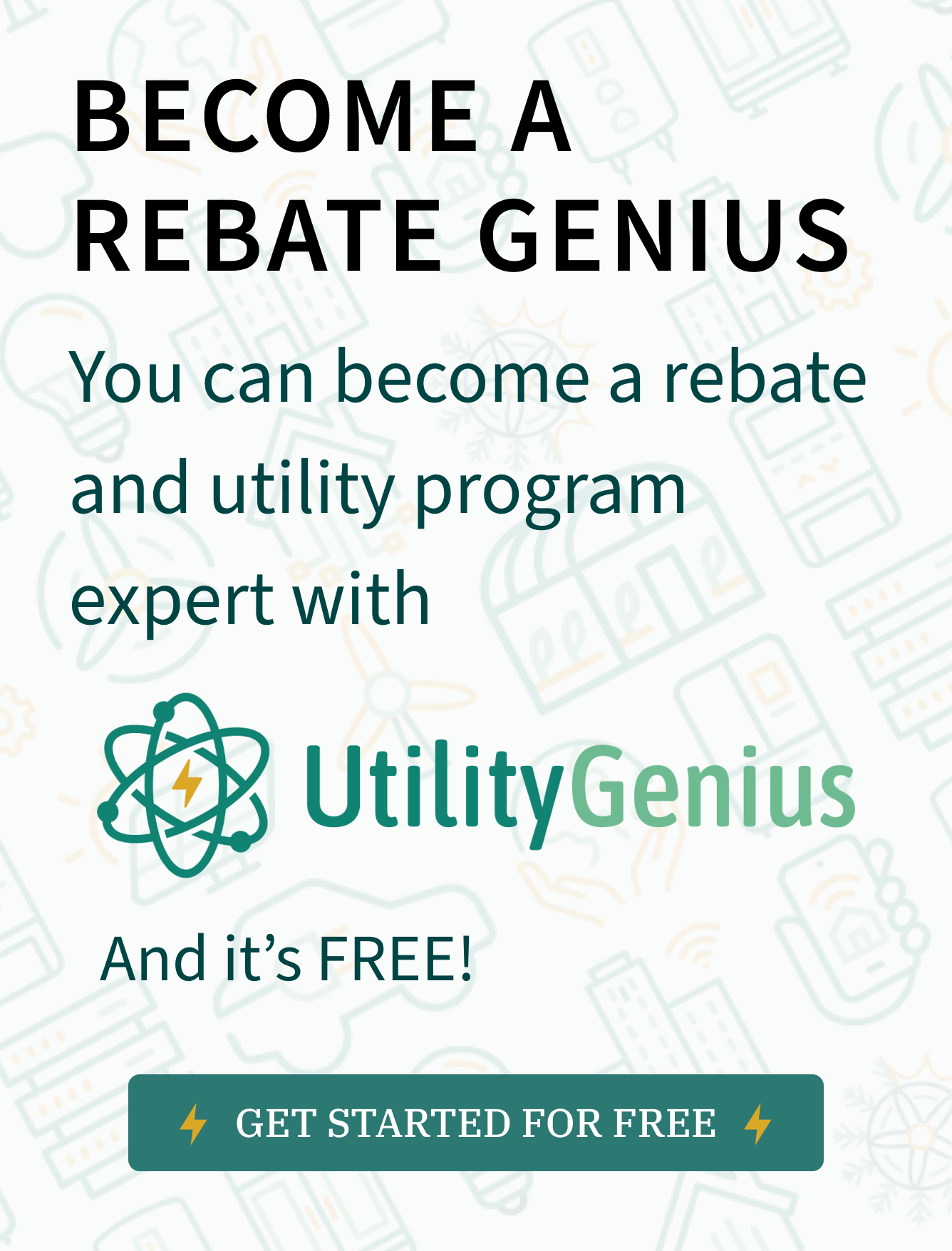 Sales enablement helps build trust with your prospects and helps you cut through the noise. But what exactly is it and how can you start implementing it?
Sales enablement helps build trust with your prospects and helps you cut through the noise. But what exactly is it and how can you start implementing it?
Sales enablement is the processes, content, and technology that empowers sales teams to sell more efficiently at a higher velocity1.
This results in accelerating revenue, increasing customer satisfaction, generating leads with buyer intent, and higher commission.
Helping sales teams and channel partners improve their performance by having consistent engagement that is frictionless and high-value throughout the buyer’s journey is key for sales and marketing success.
What does it take to implement a successful sales enablement strategy at your company?
To start, marketing and sales need to be in alignment.
Sales and marketing teams need to work hand in hand now more than ever. That means developing content, testing, and sharing honest feedback about performance to improve and optimize the process.
For instance, do you have defined processes for setting and sharing sales and marketing goals? Is everyone on the teams bought into the goals? And more importantly do they understand them?
Here are a few ideas to keep your sales and marketing teams aligned:
- Create service level agreements (SLA)
- Have regular meetings
- Decide and create reports that you’ll need for both teams to measure success
- Always optimizing this process to ensure there aren’t any misunderstandings, and if there are make sure they’re addressed right away
Now that we’ve laid out how you can achieve sales and marketing alignment, let’s dive into ideas for creating content.
Ideas for sales enablement content
Your content creation process needs to be defined as well. Even if you don’t have a process, the teams need to know who is creating it, coming up with topics, and organizing the storage. It’s a good idea to have someone lead the process to keep the content organized and monitor how successful it is.
Below are a few ideas for content that you can start creating today. They are designed to be implemented throughout all three stages of the buyer’s journey (Awareness → Consideration → Decision).
Rebate Estimates
Being proactive with utility rebate estimates will allow you to grow revenue, save time in your sales cycle, and increase margin.
Rebates give you the opportunity to offer a higher value product to your customer at a lower price which gives the customer a better overall experience and satisfaction.
You can combine rebates with other limited time offers or SPIFFS to drive even more sales.
Send your sales managers a list of all your products with rebate estimates that are available in their territory. This way they can incorporate the rebate information into their own content.
Insert rebate information into:
- Blog articles
- Social media posts
- Email templates and campaigns (rep/agent/sales team outreach and marketing)
- Website
- Call scripts
- Product Sheets and Sales Flyers
- Case Studies
- White Papers
Rebate estimates can supplement or be the main focus of any type of content that you’re using for sales enablement – not to mention they set you apart from the competition.
Email Templates
Email tends to be one of the most popular forms of sales enablement content. By conveying interest and value to your prospects you can grab their attention in a noisy world.
Experiment with different messaging to see what works best to initiate and close deals. Be brief – no one has time to read a book!
Product Sheets and Sales Flyers
Sales flyers and one-pagers are a great way to show your prospect your products quickly and the benefits of them.
A salesperson can use a product sheet or sales flyer as a resource to show all the products or product categories they can offer.
With the era of the informed buyer where they can find all the information they need you have to provide relevant content that shows you can solve their problem.
Customer Testimonials
People trust people.
Give your sales team a new level of credibility with customer testimonials and show prospects what your customers have to say about your products and/or services.
There are many channels that testimonials can be shared through, including:
- Graphics
- Ads
- video testimonials
- Case studies
- Blog posts
- Press releases
- Website (create a testimonial landing page)
Make sure the content is easily accessible
There are several scenarios where having content in an easily accessible place can directly impact how your sales team is using it. If they can’t easily find what they need the less likely they are to use it. With more teams working remotely (or sales teams that are located nationally or regionally) keeping assets organized is critical.
Organizing content by persona, product category, or other topics can help drive efficiency.
We recommend storing content in your CRM library, in the files section of your marketing automation platform, design tools (such as Canva), or in a shared drive like Google Workspace. There are even digital asset management platforms that can help you manage massive amounts of content.
Your sales enablement content strategy should include testing and reporting to make sure you’re serving up the right content at the right time to the right audience.
These content ideas can take your sales team’s or sales channel’s efforts to the next level. Producing all this content can be tricky, but in the end you’ll see sales velocity and more revenue.
.png?width=500&name=2019%20e%20news%20spotlight%20logo%20(1).png)




